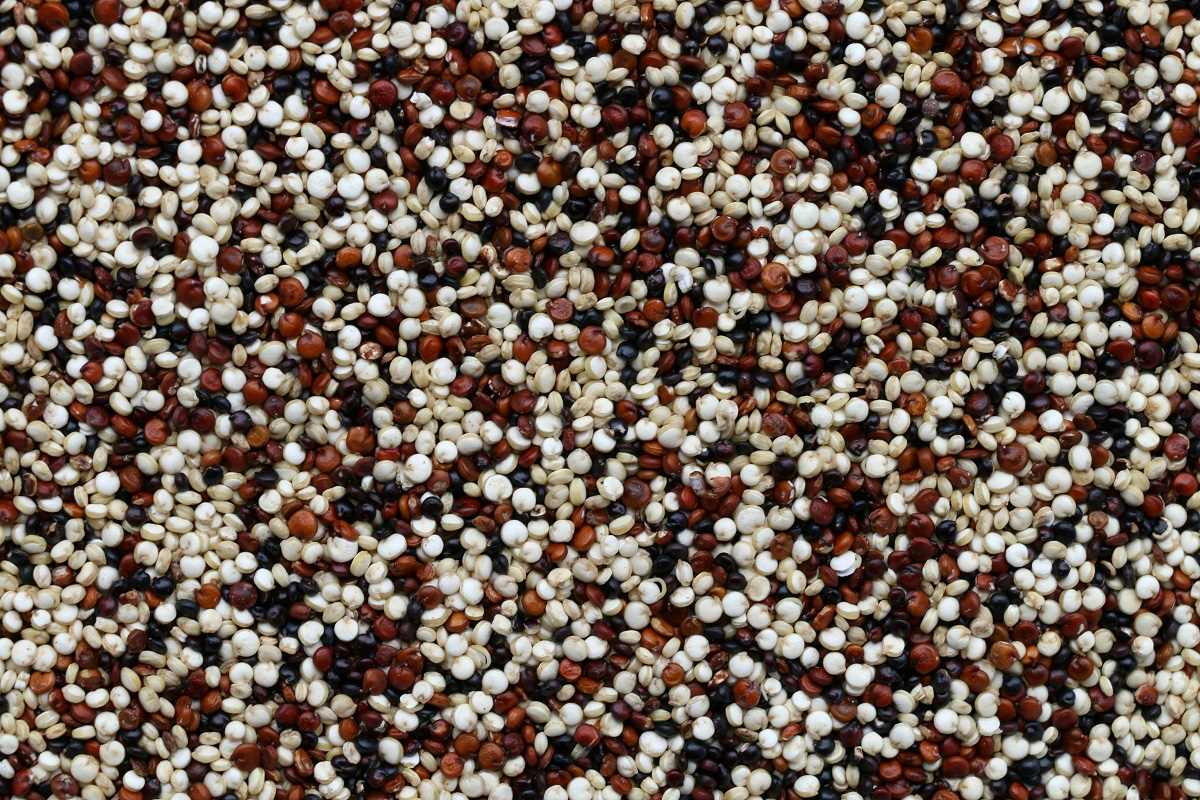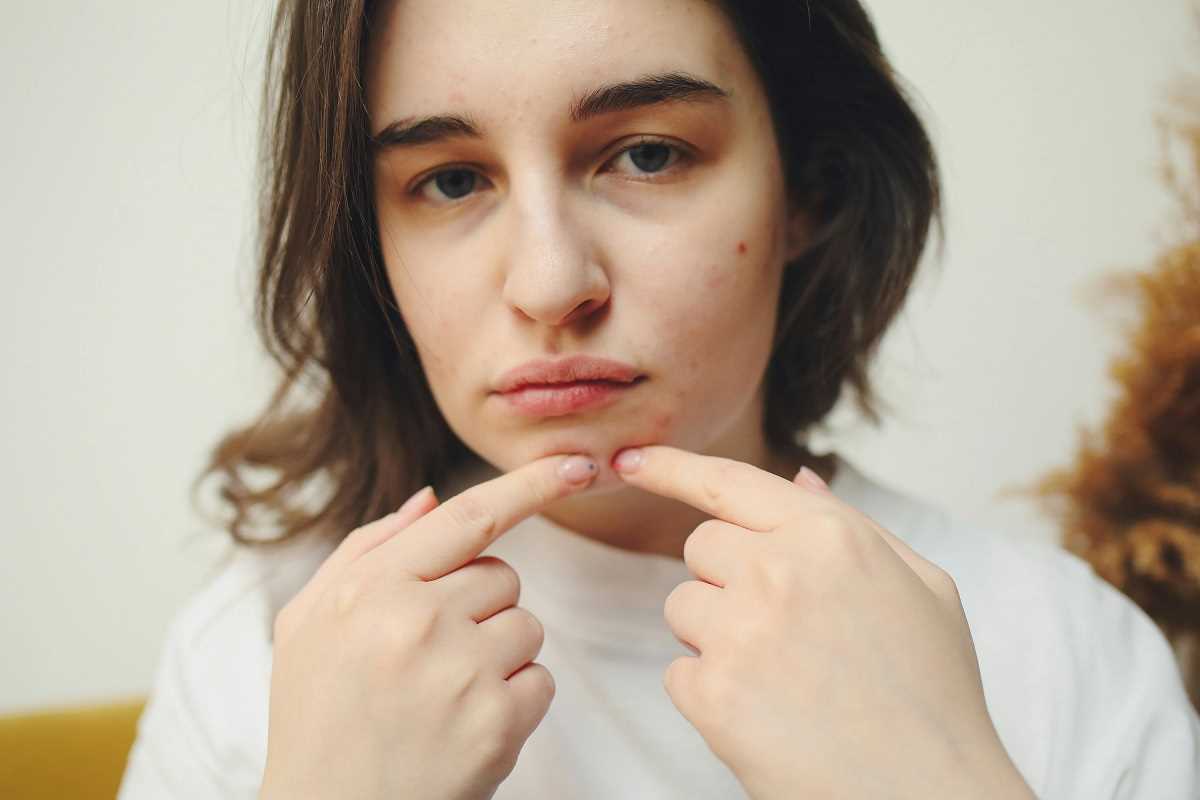As we age, maintaining bone health becomes increasingly important. For people over the age of 50, the risk of developing bone diseases rises, often leading to pain, mobility issues, or even serious complications. Being proactive and aware of the most common bone-related conditions can help prevent or manage these issues effectively. Below, we’ll explore three of the most common bone diseases in aging adults—osteoporosis, osteoarthritis, and Paget’s disease—along with their symptoms, risk factors, and prevention tips.
1. Osteoporosis
One of the most well-known bone diseases, osteoporosis, means “porous bones.” It occurs when bones lose density and become fragile, making them more prone to fractures. This progressive condition often develops silently, meaning individuals may not know they have it until they experience a fracture, typically in the hip, spine, or wrist.
Symptoms of Osteoporosis
Osteoporosis is often called a “silent disease” because it progresses without obvious symptoms. However, symptoms can emerge in later stages, including:
- Back pain caused by fractured or collapsed vertebrae
- A noticeable loss of height over time
- Stooped posture
- Bones that break more easily than expected
Risk Factors for Osteoporosis
Some of the most common risk factors for osteoporosis include the following:
- Age: Bone density decreases naturally with age, making older adults more susceptible.
- Gender: Women are at higher risk, particularly after menopause due to lower estrogen levels, which are critical for bone maintenance.
- Family History: A family history of osteoporosis increases your likelihood of developing it.
- Lifestyle: Smoking, excessive alcohol consumption, and inactivity can all weaken bones.
- Diet: A lack of calcium and vitamin D intake over time contributes to lower bone density.
Prevention and Management Tips
Preventing osteoporosis starts with building strong bones earlier in life and maintaining them as you age. Here’s what you can do:
- Increase Calcium Intake: Consume calcium-rich foods such as dairy products, leafy greens, almonds, and fortified cereals.
- Get Enough Vitamin D: Vitamin D helps your body absorb calcium. Sunlight exposure and foods like fatty fish or fortified beverages can help. Supplements may also be necessary for those with deficiencies.
- Stay Active: Weight-bearing exercises like walking, dancing, or strength training improve bone density and overall balance.
- Medical Interventions: If diagnosed, medications like bisphosphonates can slow bone loss. Regular bone density tests can help monitor progress.
2. Osteoarthritis
Osteoarthritis (OA) is the most common joint disease, often referred to as “wear and tear” arthritis. While it primarily affects the joints, it can also lead to underlying issues with the bones connected to those joints. OA occurs when the cartilage between joints wears down over time, leading to pain, swelling, and stiffness.
Symptoms of Osteoarthritis
The symptoms of osteoarthritis typically develop gradually and may include:
- Joint pain during or after movement
- Stiffness, particularly upon waking or after prolonged periods of inactivity
- Swelling around affected joints
- A grating sensation or sound when joints are in motion
- Loss of joint flexibility
Risk Factors for Osteoarthritis
- Age: The likelihood of OA increases with age, primarily affecting people over 50.
- Joint Overuse: Repeated stress on certain joints (e.g., due to physical labor or sports) can contribute to cartilage breakdown.
- Obesity: Extra weight puts additional stress on weight-bearing joints like knees and hips.
- Genetics: Family history can predispose people to OA.
- Previous Injury: Joints damaged by injury are more likely to develop osteoarthritis over time.
Prevention and Management Tips
While osteoarthritis cannot be cured, managing symptoms and slowing its progression is possible:
- Maintain a Healthy Weight: Shedding extra pounds reduces joint stress.
- Stay Active: Low-impact exercises like swimming, cycling, or yoga strengthen surrounding muscles and improve joint function.
- Use Physical Therapy: Exercises tailored to improve joint stability and mobility can reduce symptoms.
- Medication: Over-the-counter pain relievers (like acetaminophen) or anti-inflammatories (like ibuprofen) can relieve discomfort. Severe cases may benefit from corticosteroid injections or even joint replacement surgery.
- Support Joints: Use braces or orthotic devices to provide additional stability and reduce strain.
3. Paget’s Disease of Bone
Paget’s disease is a more uncommon but important bone disorder that typically affects people over the age of 50. It disrupts the normal bone remodeling process, where old bone tissue is broken down and replaced with new tissue. Instead, Paget’s disease causes bones to grow too large and become weak or misshapen. Commonly affected areas include the pelvis, spine, skull, and legs.
Symptoms of Paget’s Disease
Many people with Paget’s disease do not experience symptoms. When symptoms are present, they may include:
- Bone pain and tenderness
- Enlarged or deformed bones in affected areas
- Pressure on surrounding nerves, leading to tingling, numbness, or weakness
- Curved spine or bowed legs due to uneven bone growth
- Increased risk of fractures
Risk Factors for Paget’s Disease
Although the precise cause of Paget’s disease is unknown, these factors may play a role:
- Age: Most cases are diagnosed in individuals over 50.
- Genetics: A family history of Paget’s raises the risk.
- Geography: It is more common in people of European descent and rare in Asia and Africa.
Prevention and Management Tips
While Paget’s can’t be cured, treatment focuses on reducing symptoms and preventing complications:
- Medications: Bisphosphonates are the primary treatment for slowing abnormal bone remodeling.
- Pain Management: Nonsteroidal anti-inflammatory drugs (NSAIDs) relieve pain associated with bone damage.
- Physical Therapy: Strengthening exercises and mobility aids like canes can improve function.
- Surgery: Severe deformities or fractures may require surgical correction.
- Monitoring: Regular check-ups with a healthcare provider ensure that the condition is well-managed over time.
Additional Ways to Support Bone Health
Every bone disease discussed above can significantly impact quality of life. Luckily, adopting a proactive approach to health can reduce your chances of developing these conditions or help manage them to maintain mobility and minimize discomfort. Here are some general tips for keeping your bones strong and healthy as you age:
- Exercise Regularly: Incorporate weight-bearing and muscle-strengthening activities into your routine, such as walking, lifting weights, or tai chi. Exercise not only strengthens bones but also reduces the risk of falls.
- Get Regular Check-Ups: Discuss bone density scans with your doctor, especially if you are over 50 or have other risk factors.
- Avoid Smoking and Excess Alcohol: Both habits weaken bone tissue over time.
- Prioritize a Balanced Diet: Calcium isn’t the only critical nutrient for bones; magnesium, phosphorus, and vitamins K and D also play a role in bone metabolism.
Bone health should be a priority for everyone, but it becomes especially critical for those over age 50, a group that faces increased risk of osteoporosis, osteoarthritis, and Paget’s disease. Early intervention and ongoing care can prevent complications, reduce pain, and preserve quality of life.
 (Image via
(Image via


.jpg)


